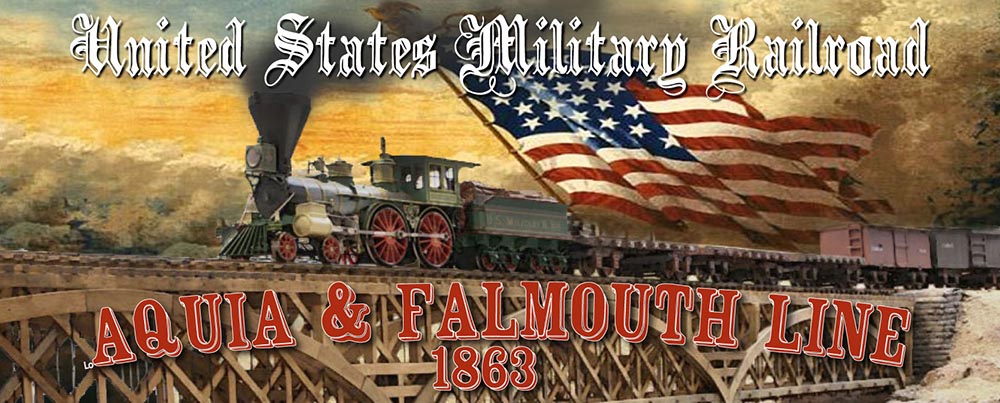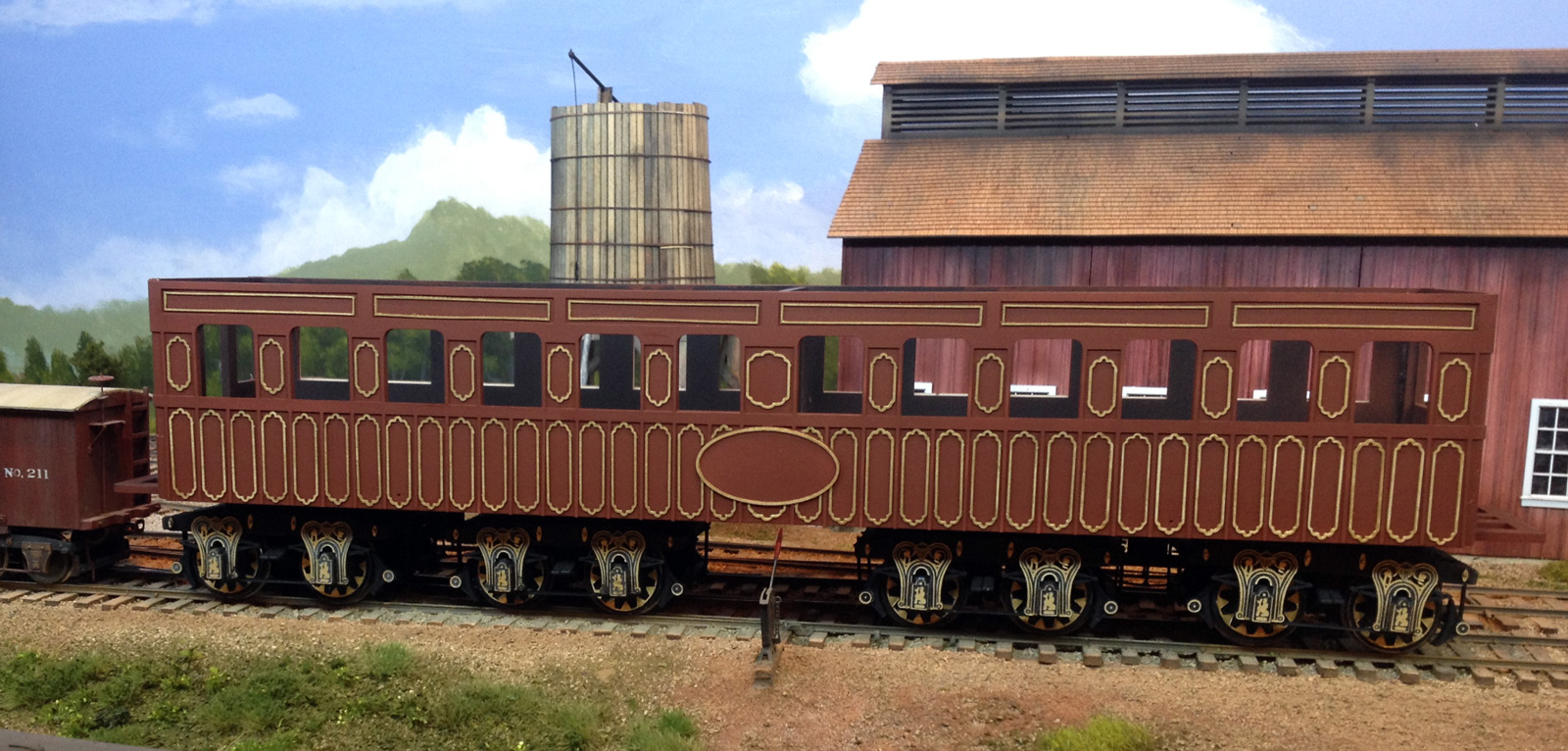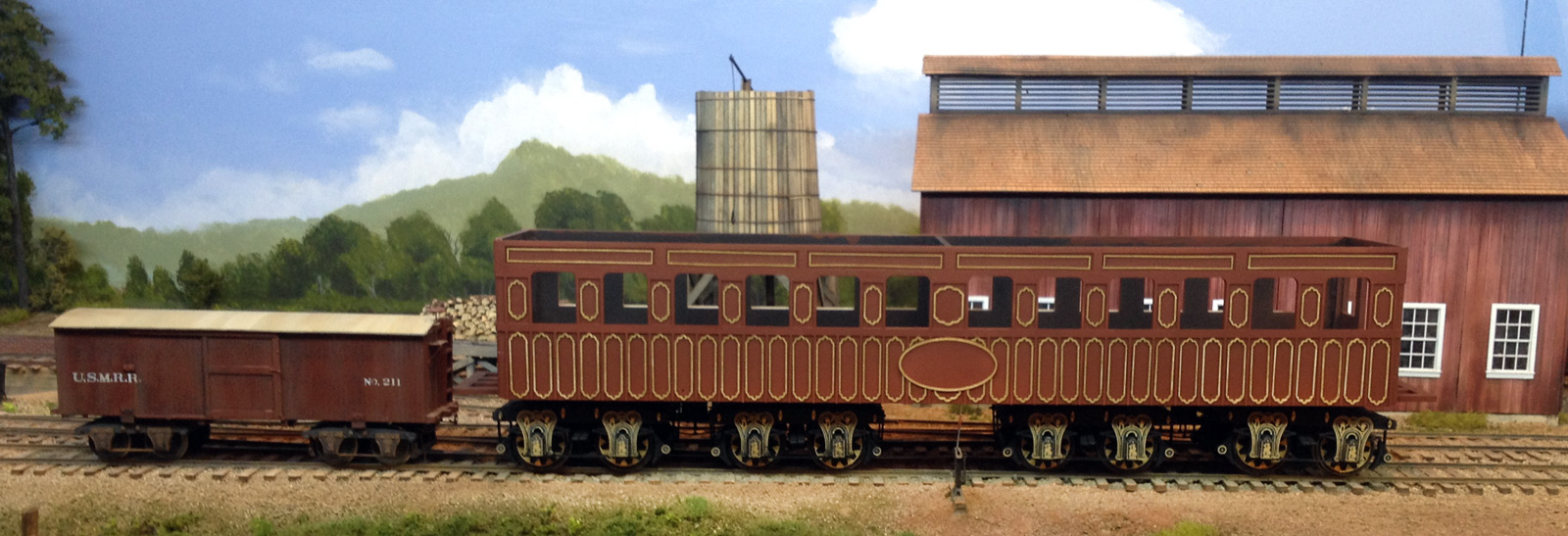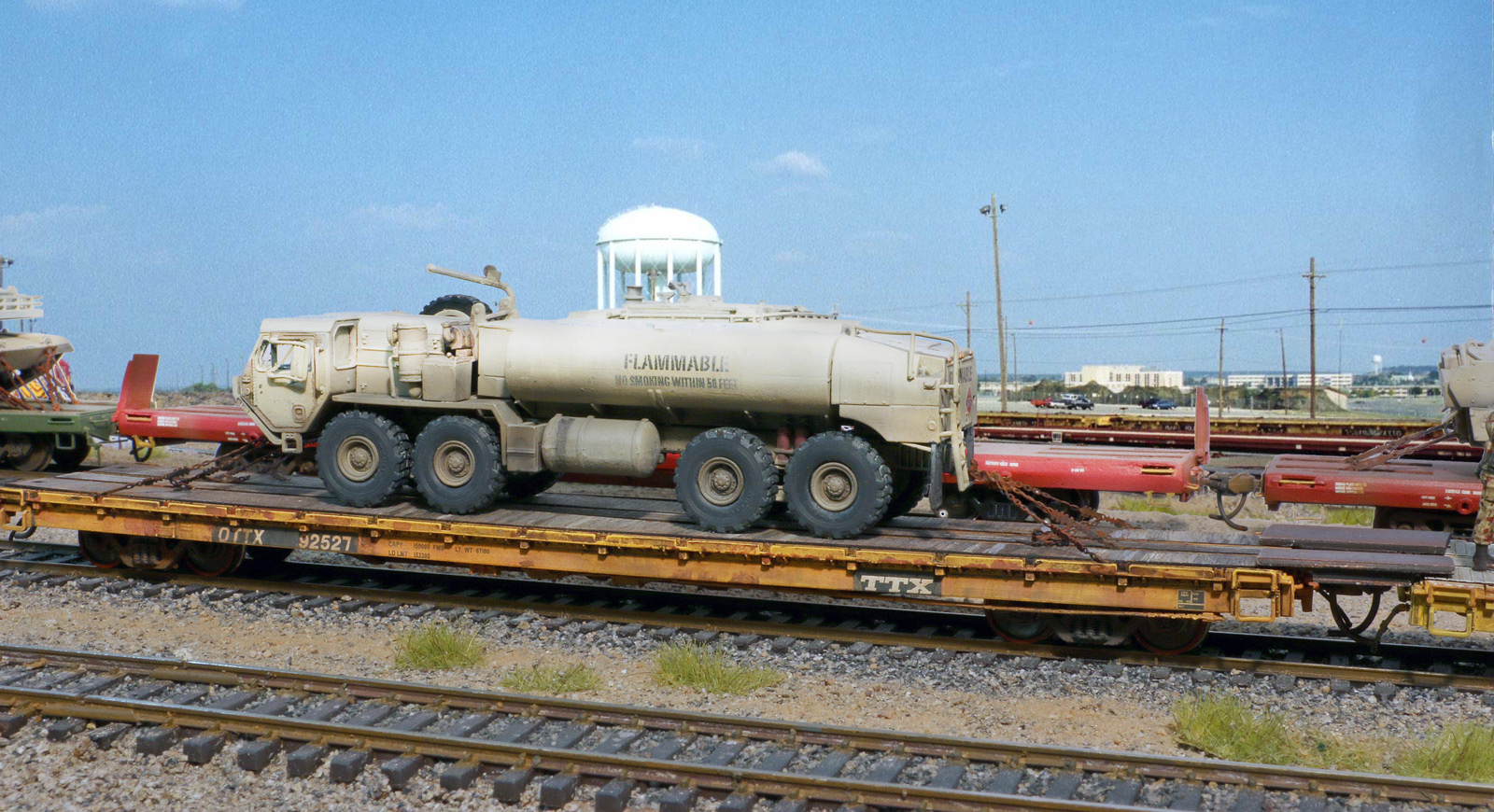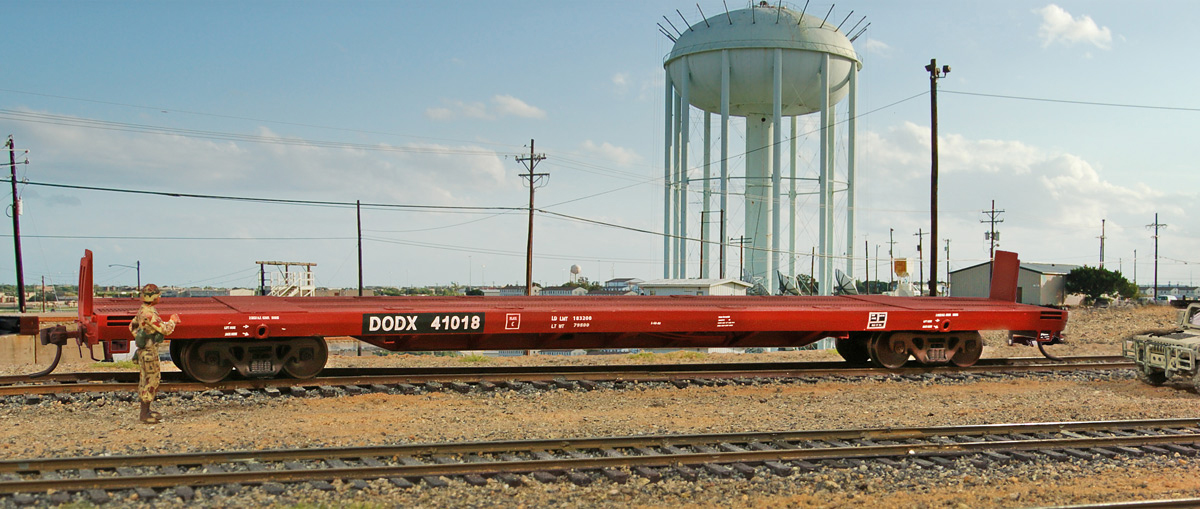A frequent topic for discussion among ACW RR modelers is how much
weathering should we apply to our models.

I believe the answer is, as always, it depends. Freight cars and
structures are no different than today.
The older the structure, the more it should be weathered. Locomotives
are a special case.
On my layout, most of the structures are newly built by the
USMRR, so I need to go easy on the weathering. But I have some older buildings that
I can add more weathering, such as the water mill.
Freight cars were made mostly of wood. Furthermore, their paints
and stains were not as long lasting as today's. In the civil war the cars experienced hard service. They should show signs of weathering. In some cases battle damage
or vandalism by soldiers should also be depicted. Soldiers were known to “ventilate”
box cars using their bayonets or spades during transport. Notice the cars in this photo at Alexandria.
Some shows signs of having boards taken out by soldiers. Note the wear onthe roof of the car onthe left without the roof walk. The roofing material seams are very visible.

In this photo even these recently repaired freight cars show extensive weathering.
The foreground car has had some of its sheathing replaced.
The locomotives were a different story. In the 1860s
locomotives represented the highest in technology. The owners were proud of
their machines. They had numerous brass parts, colorful paint and gold leaf
lettering - that is part of their charm. Nonetheless, they saw hard service
over rough, dusty or muddy track. The engines mostly burned wood, some of it quite green, and thereby were exposed to lots of sticky soot.
Although engines in service were well cared for by crews,
they still showed signs of being in use. I look to prototype pictures for
hints on how to weather.
The tender of this engine shows signs of dust and soot. This photo shows the depot at Warrenton, VA during a time when the USMRR operated there. Note the dilapidated fence and the weeds growing along the embankment.
BTW these are amazing photos loaded with detail. I suggest you follow the links and look at the high resolution .tif files to examine all the detail in these prints from 8x10 negatives.
This engine shows streaks on the smoke box. The brass boiler bands have dust or soot accumulated against them. The walkway has scuffing. The smoke stack is sooty. The cab roof shows some textures, possibly waterproofing sheets. The vertical surfaces of the tender are dusty. But most of the brass is shiny.
Also note that the water tanks are brand new looking, with no signs of water seeping despite full tanks.
Another shot, this one from Nashville, shows the in-service locos with sooty smoke stacks. The cab roofs are dusty and show stains.
The tenders look dusty. The top of light box looks dusty. Yet, the brass is gleaming.
On the other hand, the rusty hulk in the foreground is quite weathered. The tender to the left is also looking dusty and weathered.
 |
| Boiler is painted, not actual Russia iron |
When looking at modern replica locomotives one needs to be aware that the boilers are not made from Russia iron. Instead they are painted to look like Russia iron. The weathering treatment may vary depending on the effect you are looking for.
The other factor to consider is the "scale effect" on colors. If
you never heard of it see this
link for an explanation, or google scale effect on color. I don't believe you can use fixed formulas to achieve the
scale effect, you should use your own judgment in implementing it. But you should
definitely consider it when painting a model.
As part of the scale effect, at a minimum you should dullcote your models, including those that
are right out of the factory. Even if the prototype used high gloss paint, in
scale it should not look as glossy. Nothing makes a model say “toy” than a full
gloss paint job. I dullcote all my scale
models, taking care to cover all glass I want to look transparent.
For my well maintained locomotives, I tend to go easy on the weathering. After dull coating, I
apply chalk dust to the smoke stack and smoke box, cab roof, and tenders. I add
black wash to the crevices, but then wipe most of it away. Then I add streaks
to the smoke box, and oil stains to the journals.
My freight cars get a heavier weathering treatment.
